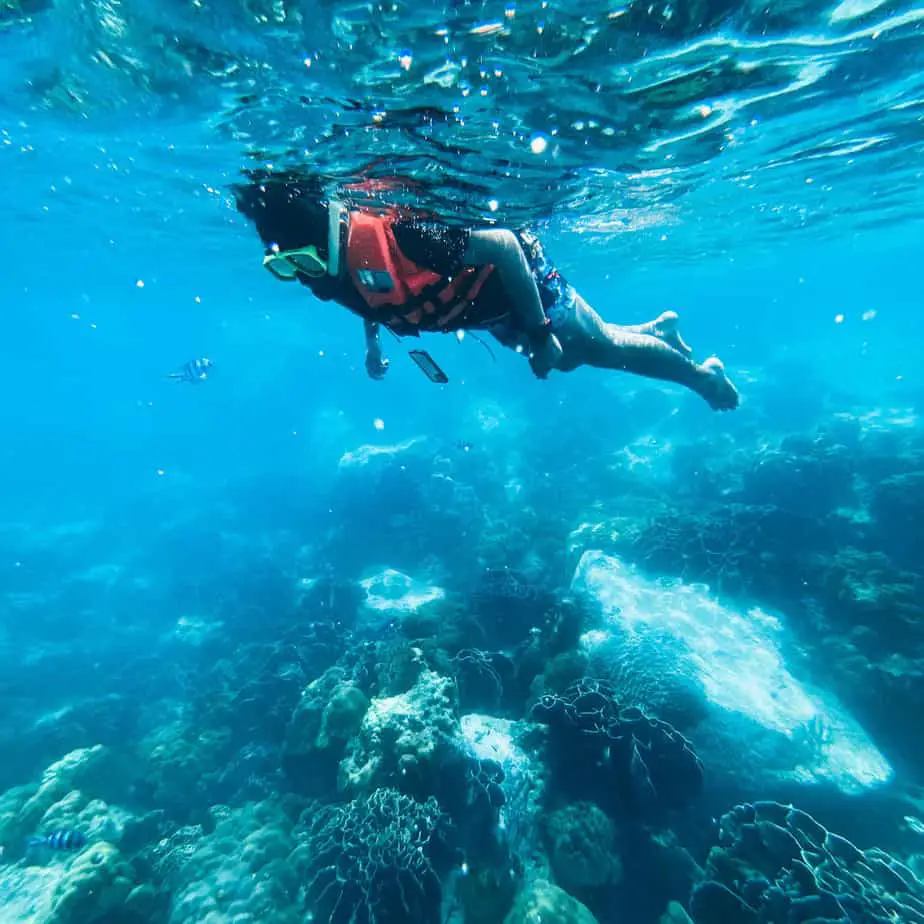Perhaps you’ve had your fill of recreational snorkeling and want to try something a little bit more exciting on your next snorkeling trip. There are multiple variations of snorkeling that are a bit more extreme, however one variation that is both more exciting and accessible to most people is drift snorkeling.
Drift snorkeling is done by “riding” the current instead of swimming. Imagine surfing except, well, your body is the surfboard. You are simply going where the current takes you. It can be a bit unsettling because you have little control over where you go beyond sideways movements. Drift snorkeling let’s you start at one location and finish at another, without ever needing to backtrack to a boat or the shore. By using the currents to your advantage, you can cover a larger distance and see more than you normally could if you were snorkeling using your own energy.
There are lots of things you should know about drift snorkeling in order to enjoy it to its fullest while staying safe. For instance, you do not want to fight against the current because it will drain you of all your energy and you’ll lose the fight anyways. If done right, you can actually conserve your strength and travel a greater distance than you’ve ever done before. If this sounds appealing to you, then read on to learn more about drift snorkeling.
What is drift snorkeling?
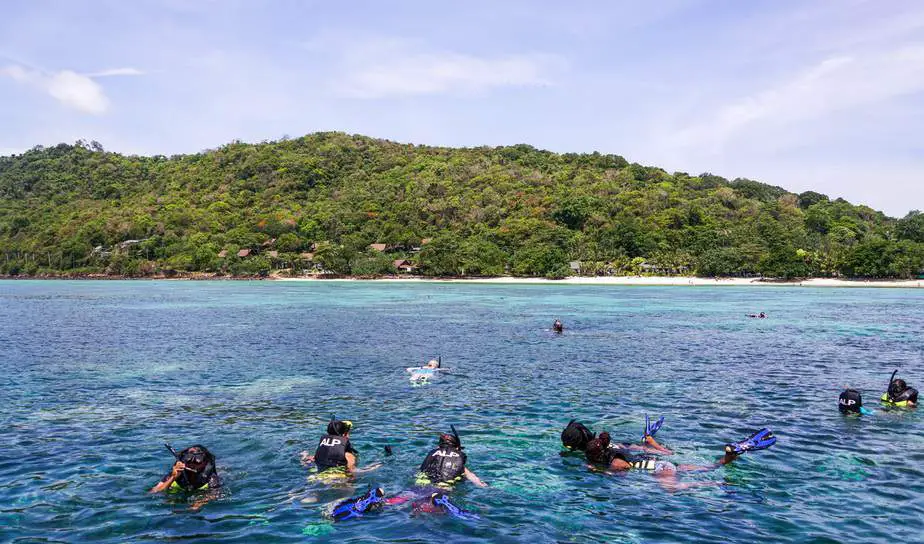
There are a few major differences between drift snorkeling and regular snorkeling. For one, your exit point will be different from your starting point. Two, you go where the current takes you, not necessarily where you want to go. By going with the current and drifting in this manner, you can conserve energy by letting mother nature take you on an adventure.
Typically, drift snorkeling is done from a boat that will drop you off in an area where there is a current, and then they will come pick you up when it’s time to exit the water.
You can also drift snorkel from the shore if there is a current running parallel to the shoreline. Before drifting in it, you must be aware of any exit points along the route it’s taking you. There will likely be a guide and other group members with you, so you can just follow their lead if you’re unsure or feeling nervous.
Drift snorkeling is typically done along coral reefs, but it can also be done in rivers at specific locations.
Why should I go drift snorkeling?
See more than you otherwise could
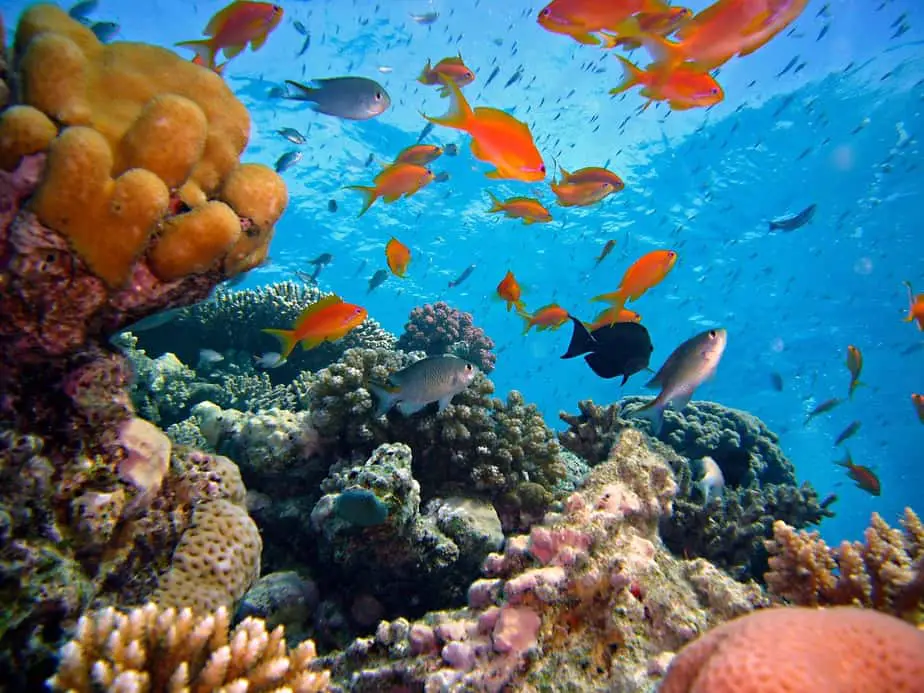
One of the downsides of traditional snorkeling is the necessity of returning back to where you started from. It also means that you must conserve your energy for the return trip.
You can think of it as only being able to reach half the distance you want to reach, and then retreading the same areas on your way back.
With drift snorkeling, you don’t have to worry about coverage. You get to travel a larger distance by drifting with the current, and all you need to worry about is staying afloat and looking for beautiful fish and vistas.
Since you are either getting picked up by a boat or exiting somewhere else, you get to see more unique locations without going over the same area again.
You don’t have to exert yourself as much
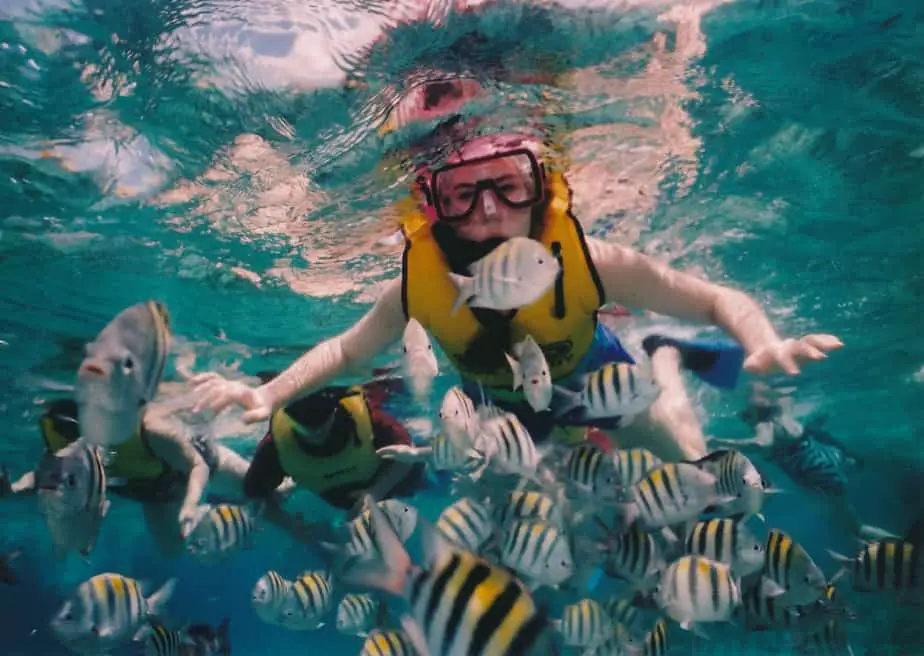
One of the major selling points of drift snorkeling is riding the current. This implies a passiveness to it – you are being carried by the current, hence you are able to conserve your energy. As long as you’re wearing a flotation device, it’s almost completely hands-off except for the occasional adjustments you want to make.
The one thing you should not even try to do, because you’ll fail and it’s a waste of energy, is to go directly against the flow of the current. That’s a surefire way to exhaust yourself without making any progress because the current is a stronger force than you.
Thankfully, the whole point is to go where the current takes you. You’re just a passenger that’s in for a wild ride.
Drift snorkeling is surprisingly accessible. Obviously, you should be comfortable with swimming and basic snorkeling techniques before attempting it. However, even middle-aged people don’t find it too strenuous, though at times it can be more strenuous than traditional snorkeling such as when you need to swim away from the reef so the boat can get you.
It’s a different kind of fun
Traditional snorkeling is fun in its own way, but the same can be said of drift snorkeling.
If you’ve always disliked some of the limitations of snorkeling, such as how little distance you can cover relying on your own strength and how you must save energy for the return trip, then you’ll love how liberating drift snorkeling can feel. You can cover more distance, often at speeds faster than you could swim, and not have to worry about turning back.
Furthermore, you can see a wider variety of wildlife and in larger numbers because, generally speaking, wildlife tends to congregate in areas where there is more current.
Another point is that people love being carried by a current and going with the flow. They enjoy how they can be a passive observer and focus on sightseeing instead of actively swimming from point to point.
With that said, there are occasions when you may need to temporarily exert yourself, such as when you want to exit the current by getting on a boat. It can be heart-pounding if the current picks up unexpectedly, but depending on your perspective, that can also be part of the fun.
For these reasons and more, one might find drift snorkeling to be more fun and exciting than regular snorkeling. However, some people prefer the predictable and calm nature of traditional snorkeling more suitable. To each their own.
Do I need a boat to drift snorkel?
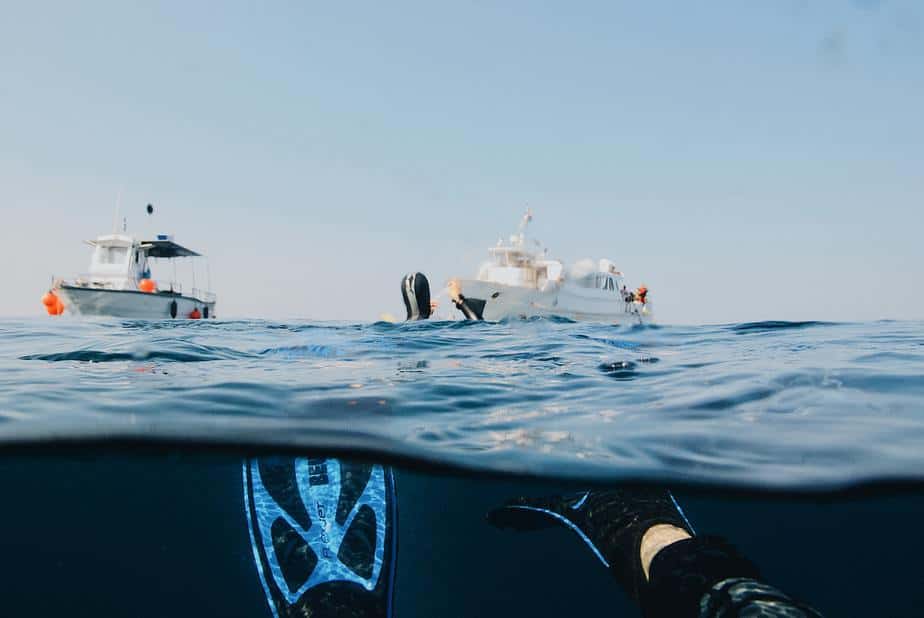
Drift snorkeling can be done both from the beach and from a boat, just like traditional snorkeling. However, drift snorkeling is primarily done from a boat because the boat can come pick you up afterwards.
Planning and coordination is required so the boat crew, snorkel guide, and any other group members are aware of what to do. Procedures need to be discussed and followed. This is not unusual if you have done scuba diving, it’s basically like a dive briefing.
Just like other group activities, you should stay close together with the snorkel guide in the lead. You can’t just wander off on your own, and it’s not like you can because the current is taking you all in the same direction.
When you are drift snorkeling from land, such as along a shore reef or river, there should be surface cover present so that you can receive assistance in case the plan goes awry, or even just to help you exit the water.
Do I need special training for drift snorkeling?
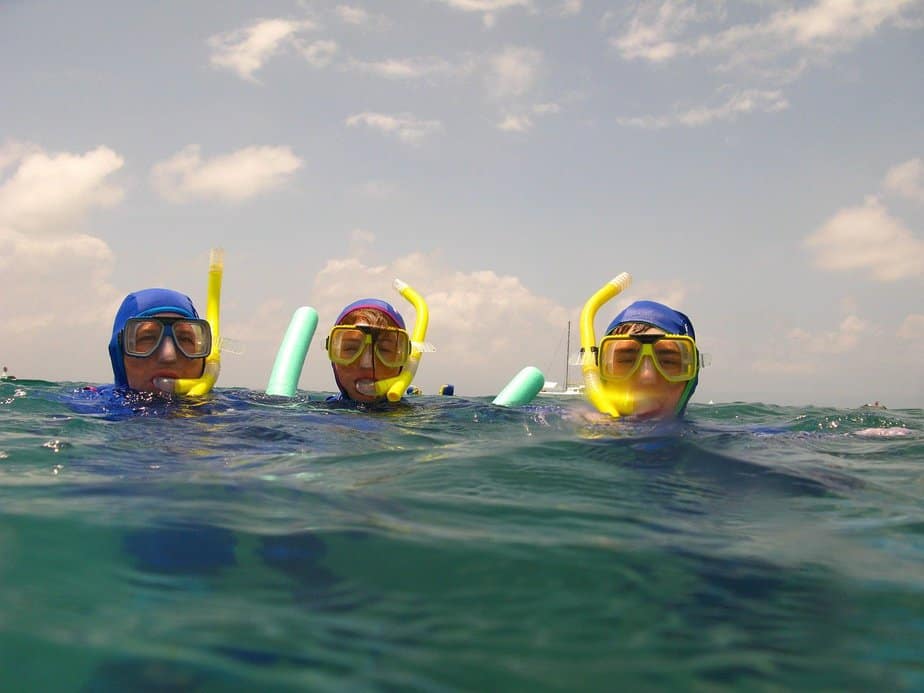
No, not particularly. You should be comfortable with swimming and traditional snorkeling before you try drift snorkeling. The only specific knowledge you should have are in regards to the environment and the procedures you need to follow for the drift snorkeling tour.
Most of the time, drift snorkeling is done in deeper waters, so you need to be comfortable with that. If you’ve only ever snorkeled in shallow waters, this may be too big of a jump for you. Have some experience snorkeling in deep water before you try to drift snorkel.
Next, even though you’ll be going with the flow most of the time, there are some moments when you might need to swim against the current. Therefore, you should be reasonably fit, competent at swimming and with great finning technique in order to temporarily resist the current.
Additionally, the areas where drift snorkeling trips are often made tend to have stronger waves, so you need to expect water to get inside your mask and snorkel and know how to clear them. You do not have the luxury of completely stopping and removing your mask or snorkel; you need to keep them on and clear them quickly before you get buffeted by more waves.
You can gain more experience dealing with waves and currents just by snorkeling more often. With the changing weather conditions, you’ll likely be exposed to windy days and rainy days that will be similar to the strong waves you might encounter while drift snorkeling.
Furthermore, it’s necessary that you are aware of the safety procedures on your guided excursion. Listen carefully to the briefing so that you know what to do, and pay particular attention to the emergency procedures. Also keep in mind the location-specific details because there may be something about the environment that you’ve never dealt with before.
Some of the topics that will be covered during a pre-snorkeling briefing are: snorkel time, direction of the current, snorkeling buddies/teams, group procedures, how to signal to the boat or land-based surface cover, exit points, exit procedures, and back-up plans.
The information provided will change depending on the local environment and a back-up plan may need to be followed if the conditions change.
What kind of equipment do I need?
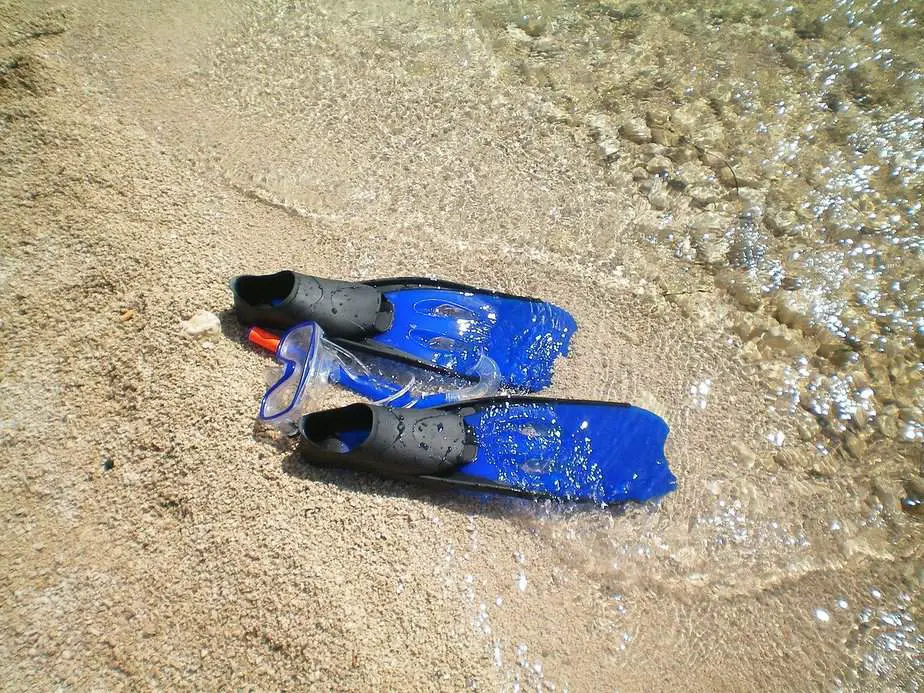
Drift snorkeling uses the same equipment as traditional snorkeling.
With that said, if you don’t normally wear a snorkel vest while snorkeling, it’s mandatory when you’re drift snorkeling.
The extra buoyancy provided by a flotation device is needed to float comfortably, particularly when the waves get rough. You’ll be thankful you had it if you’re being tossed around in the water or if the boat is delayed in retrieving you.
As a safety measure, your snorkel vest should be brightly colored so that you are easy to spot. This allows other members to stay with you and for the boat to find you and pick you up.
What are the risks of drift snorkeling?
As we mentioned, drift snorkeling exposes you to strong currents and waves that you might not normally experience when snorkeling.
First, there is a higher risk of separating from your buddy, group, or boat. Even though you are all drifting along the current, you can still separate by moving sideways. It’s easy to tunnel vision when you see something exciting. The risk is greater because if the group has lost you, you are drifting further away and it’s that much harder to find you.
Second, there is a risk of the current carrying you directly into a patch of corals or a cluster of rocks. This is yet another reason why you must pay attention and occasionally become quite active while drift snorkeling.
Third, you will be subjected to plenty of waves, and water can enter your mask and snorkel. You need to be proficient at clearing your snorkel and mask. If you don’t have a snorkel with a splash guard, you have an increased risk of swallowing a mouthful of water.
Where can I drift snorkel?
There are many places where you can drift snorkel: Tahaa Coral Gardens, Rangiroa, Port Douglas, Bacalar, Telugu Veliga, Tiputa Pass, and many more destinations.
It’s likely that at whatever tropical snorkeling destination you’re at, there is a snorkeling safari that offers a guided tour. Basically, any location where there are currents and a boat can drop you off and pick you up again can be open to drift snorkeling.
The same factors that make snorkeling difficult, such as powerful currents, strong waves, extreme weather, poor visibility, and so on also affect drift snorkeling.
Parting words
If you are too used to traditional snorkeling and want a more exciting variation, then give drift snorkeling a try. It’s a great way to see more of the underwater environment by covering more distance than you normally could, often in a more relaxed way.
As you are drifting along, carried by the current, you can focus on sightseeing instead of wondering when you need to turn back or if you’ve traveled too far.
Drift snorkeling can let you reach areas that you otherwise might not visit. When you are following all of the safety procedures, you can have peace of mind knowing that you are safe. This frees you up to have some of the most fun snorkeling experiences in your life while literally riding the waves.

